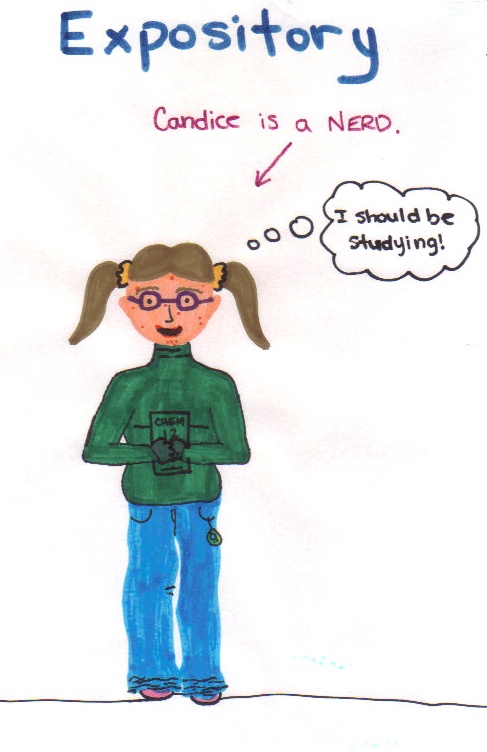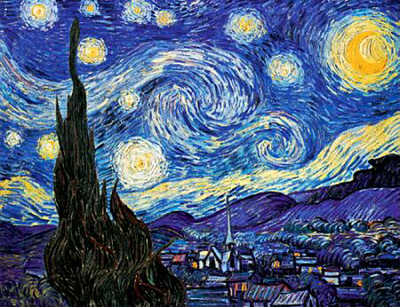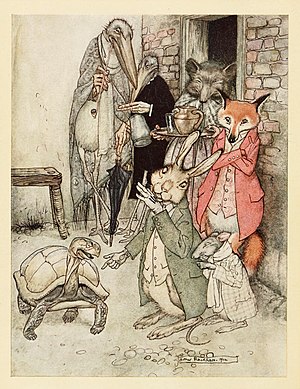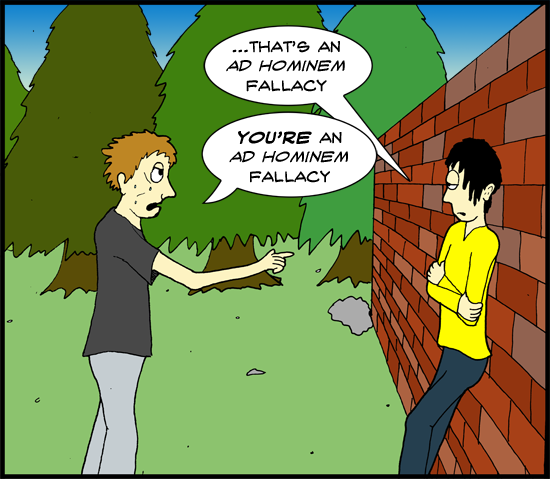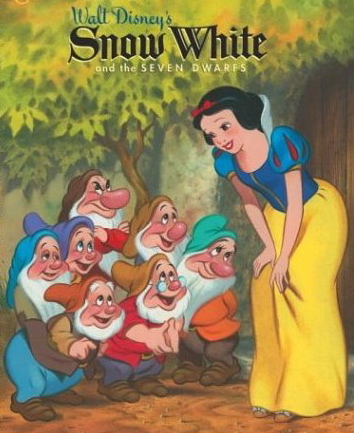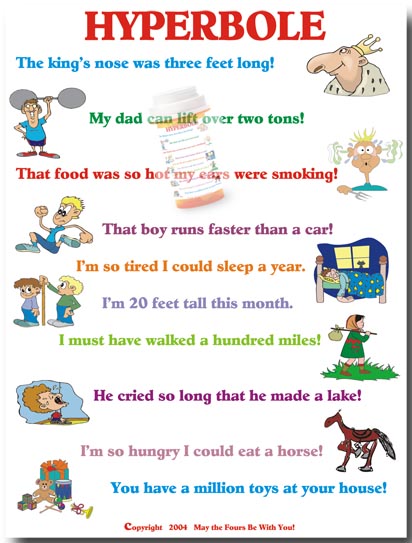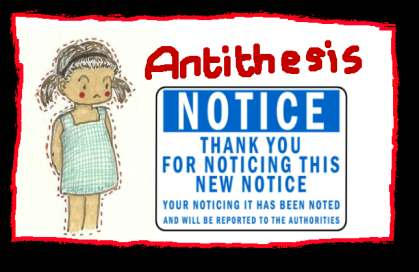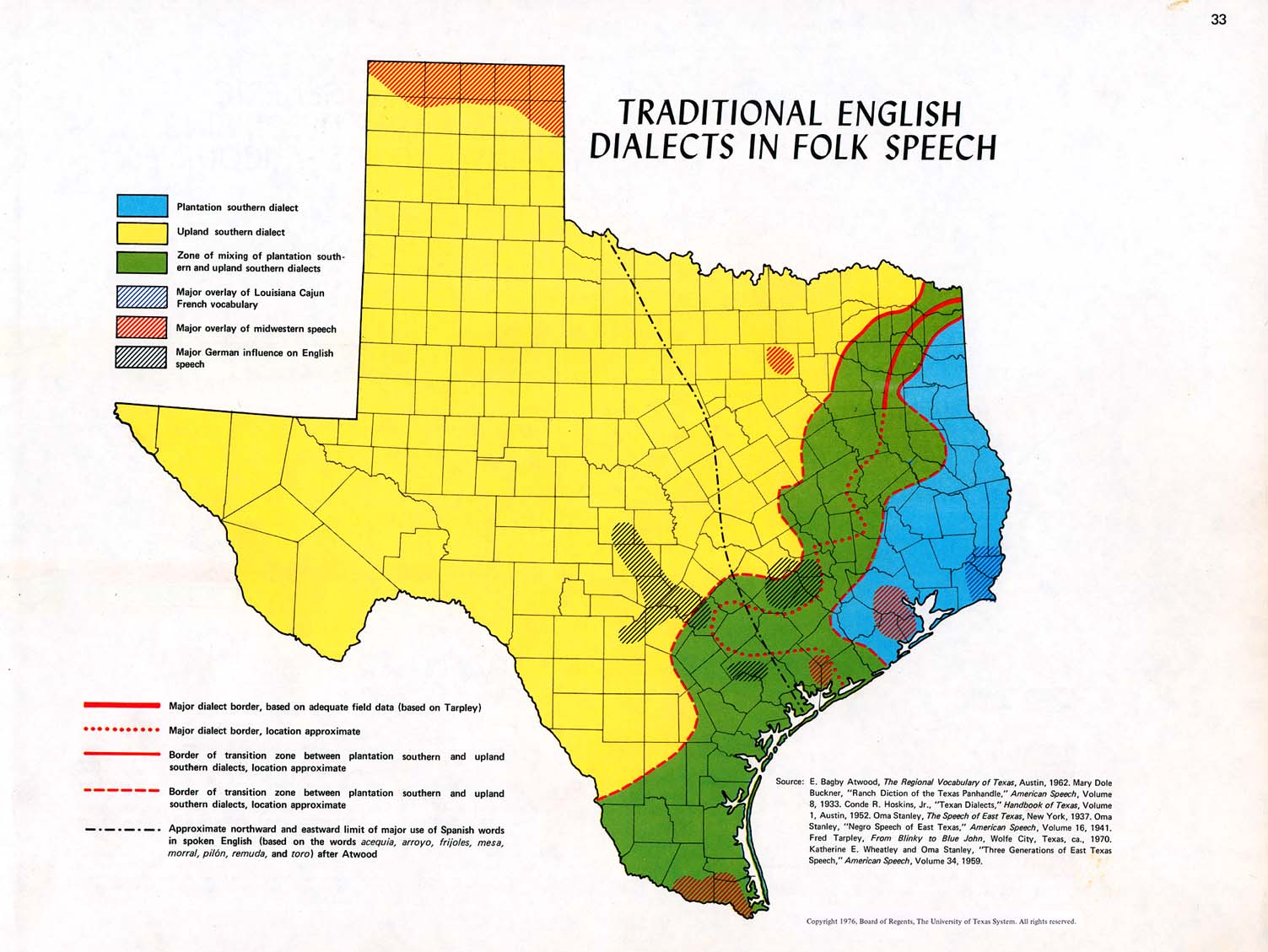1) My
reading schedule: As I please on my free time basically but also keeping the
deadline in my mind. Also I ride the bus every day to
school and back home which gives me about 30 to 45 minutes daily to read a part
of my book. At home I try to balance that with my smart goal practice hours.
2)1.
In The Writing of Fiction (1925), novelist Edith Wharton states the following:
At every stage in the progress of his tale the novelist must rely on what may be called the illuminating incident to reveal and emphasize the inner meaning of each situation. Illuminating incidents are the magic casements of fiction, its vistas on infinity.
Choose a novel or play that you have studied and write a well-organized essay in which you describe an "illuminating" episode or moment and explain how it functions as a "casement," a window that opens onto the meaning of the work as a whole. Avoid mere plot summary.
2.The
opening lines of A Tale of Two Cities are some of the most
famous in British literature. They introduce the contradictions in the world of
the novel, between positive and negative forces: “light and darkness, wisdom
and foolishness, hope and despair,” and so on. In an essay analyze whether
positive or negative forces triumph at the end of the novel. Make sure
you consider the fates of all the major characters in your analysis.
3)In
great literature, no scene of violence exists for its own sake. Choose scene
in A Tale of Two Cities that confronts the reader or audience
with a scene or scenes of violence. In a well-organized essay, explain how the
scene or scenes contribute to the meaning of the complete work. Avoid plot
summary.
4) The
French Revolution was of great interest to Americans in the early days of their
own republic. Given today's polarities of extreme wealth and poverty and
strongly expressed patriotism, as well as the interest in early America, what
parallels might we draw between our own time and what happens in A Tale
of Two Cities? What lessons?
5)
Dickens seems to have great sympathy for the poor, the sick and the powerless,
but not all such characters are portrayed sympathetically. What does that say
about his sympathies? Where does he intend our sympathies as readers to lie?
Testing: I think that I would personally like to work on essay question responses. I know most questions on the AP test are very broad and in order to be successful on the test I think to know how to narrow id down.









 makes you think of what used to be,
makes you think of what used to be,